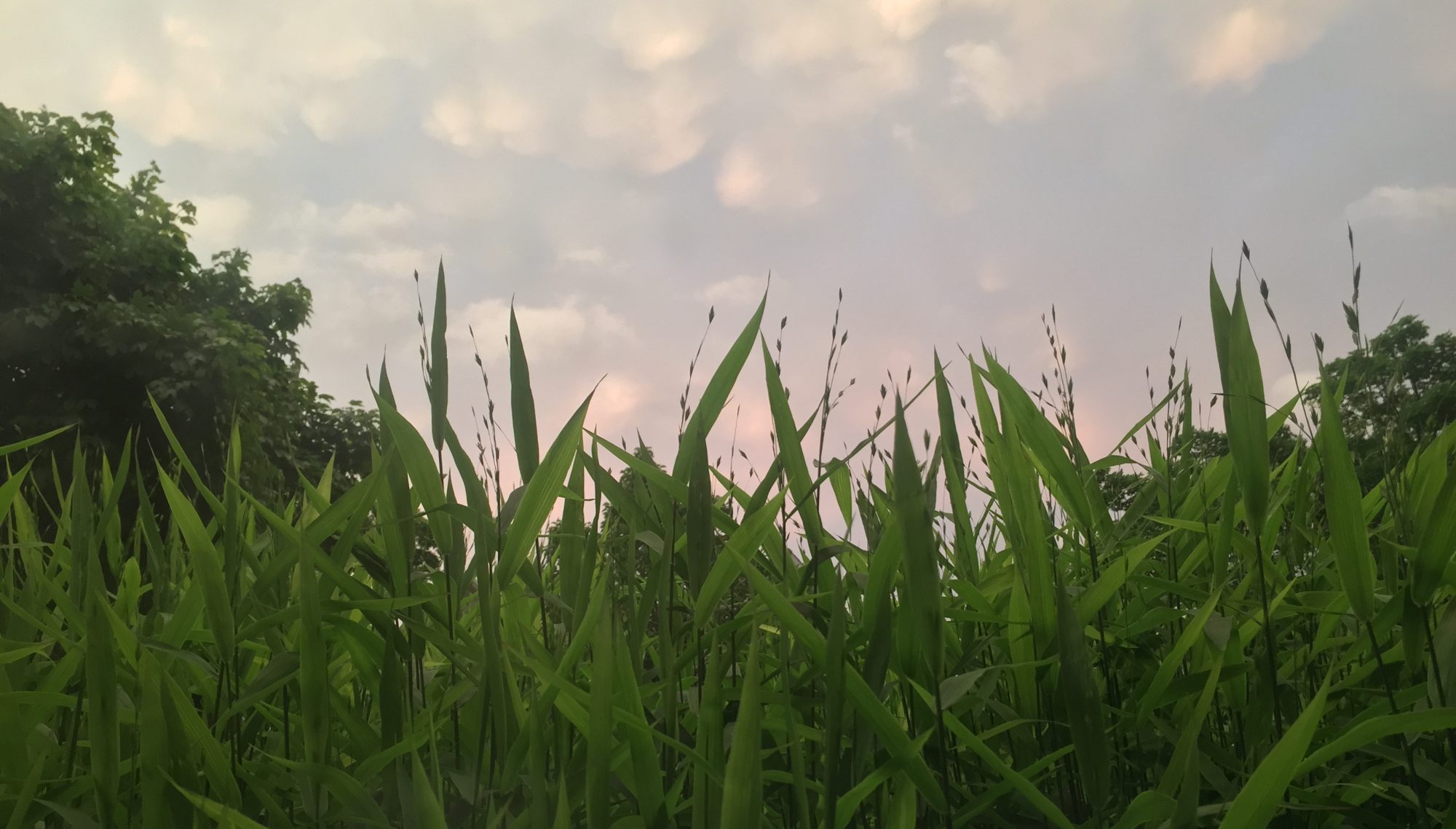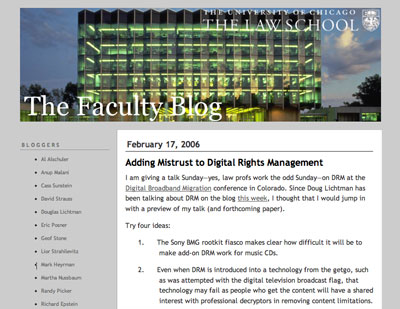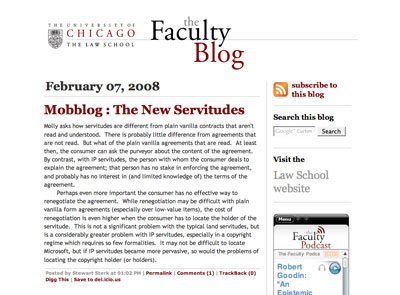Each year I give a presentation to incoming students at the Law School that introduces them to some of the School’s online resources, and also aims to aid them in their future careers by helping them take control of their online reputations. I thought the latter part of this presentation might be of interest to others as well, so I’ve produced a slightly modified version of the presentation below.
It is almost impossible in today’s knowledge economy to avoid having an online presence. Many times that presence is helpful — we can reconnect with old friends, discover books and music that we never would have otherwise known existed, and impress potential employers with our resumes and portfolios. But if not properly curated, that online presence can also damage our chances of, say, being able to actually land that new job that we’re applying for. And unfortunately, most damage done to online reputations is self-inflicted, whether through ignorance or carelessness.
Here are four things to consider when posting anything online to avoid shooting yourself in the digital foot:
- Your employer WILL Google you. According to a study done in 2009 (and discussed in this Concurring Opinions blog post), 89% of human resources professionals thought it was appropriate to take an applicant’s online life into account in hiring decisions, and 70% had rejected an applicant because of something they had found online.
- Nothing you put on the internet is ever truly anonymous. “Well,” you might think, “if my employer is going to Google me, I’ll just make sure that anything questionable I post won’t be associated with my name.” Good luck with that. Many websites log the IP address of all computers that access them, and even if you’re accessing a site from a public computer or have IP masking software, chances are there are other ways to discover who left that “anonymous” comment on the company blog. According to a study by Know Privacy, 88.4% of websites have SOME sort of “web bug” that collects data about users usually without their awareness.
- Once you put it online, it could very well be there forever. My favorite example of this is the young woman in Britain who was fired from her job after calling her boss a “pervy wanker” on Facebook… having forgotten, it seems, that her boss was her Facebook friend. Aside from the cautionary tale of remembering who you’ve friended, what’s amazing to me about this is the idea that this screenshot — obviously taken by one of the poster’s friends — will now live on indeterminately on the internet. The young woman should be grateful that whoever did so had the courtesy to scrub out her name, otherwise she might very well have been haunted by this boneheaded move for the rest of her professional career.
- Email counts too. I would be willing to bet that people do more damage to their professional prospects through email than through any other electronic means. It’s far too easy to accidentally hit “reply all” for your scathing comebacks intended only for one of many people on a mailing list, or for a disgruntled coworker to forward a “private” email to your entire company. If you are in school, remember that email interactions with administrators are professional communications and should be treated as such. While you don’t have to be quite so formal with your classmates, remember that these are people that you may very well be working with — or for — one day. In the hiring process, you don’t want to be the person who gets remembered for drunkenly spamming the class mailing list every weekend. And of course, there’s the worst-case scenario in which a questionable email is forwarded far and wide with your name prominently attached to it.
How to protect yourself:
- A rule of thumb. At the Law School, we encourage our student tweeters to consider one rule of thumb before every tweet: “Do I care whether my grandmother, my dean, or my future employer will ever see this post?” The potential readers in your rule of thumb may be different depending on your situation and online comfort level, but if the answer to your question is “yes,” back slowly away from the keyboard and go get a sandwich.
- Check your privacy settings. Do you know who can see what on your Facebook page? If you’re not sure, spend some time learning how Facebook (or whatever social networks you happen to be on) deals with privacy issues (Facebook’s FAQ’s are here). Personally, I make sure that only my friends can see anything I post; it doesn’t eliminate the risk that something might escape my newsfeed and get into the wild, but it does reduce the risk.
- Control your brand: post more. It might be tempting, given the dangers I outline above, to throw up your hands, delete your Facebook account, and take a vow of digital silence. After all, what you don’t type can’t hurt you, right. Wrong. If you have no online presence that you control, then you are leaving a vacuum that can be easily filled with the negative comments of others (or of others pretending to be you). Instead, take control of your personal brand by producing high-quality content — whether on a blog, your LinkedIn page or something else — that will be associated with your name and will highlight your skills and abilities.
- Monitor your data shadow. If anyone is writing nasty things (or, for that matter, good things) about you online, you want to know as soon as possible so that you can take steps to nip disaster in the bud. Google Alerts is a great tool for this; it will send you an email every time Google’s search engine encounters the phrase of your choosing.
So that’s a brief primer in protecting your professional reputation online. If you have any additional tips, I’d love to hear them.



